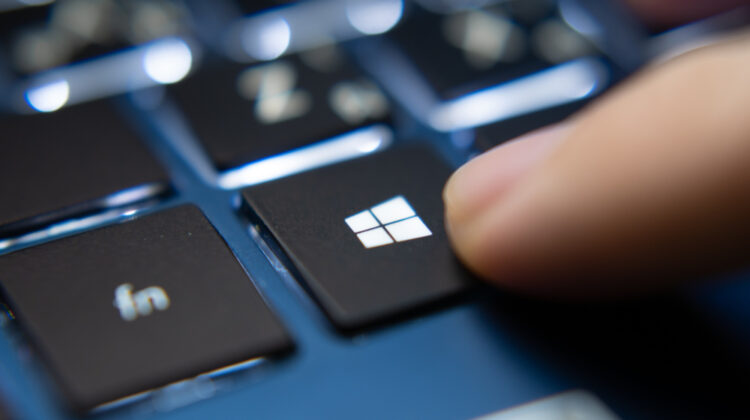Have you come across “WSAPPX” in your task manager? Is it causing high CPU usage? Then, don’t worry because it’s a common issue. It usually occurs in Windows 8 and Windows 10.
The “WSAPPX” process is frequently visible in Windows 8 and 10. You will probably notice it running in the background and taking up significant CPU and disk resources. It comes in Windows versions as part of the Windows Store and Microsoft’s universal app platform.

You won’t find it on Windows 7 or older versions like Windows XP being a new addition. In case you want to check and spot “WSAPPX” on your PC, first open the task manager. You may have to click “more details” to spot it. Then, select the processes tab and go all the way down to select it finally.
So, what is WSAPPX?
The WSAPPX process consists of two individual background processes. On both Windows 8 and 10, WSAPPX includes the AppX Deployment Service (AppXSVC). However, on Windows 10, you’ll also see the Client License Service (ClipSVC). On Windows 8, you’ll see the Windows Store Service (WSService) instead of seeing ClipSVC.
Whenever you see the WSAPPX process running in your Task Manager, you can expand it to see one or both of the two sub-services running. It depends on which version of Windows you’re currently using.
These services have the task of installing, removing, and updating Store apps. They also run background checks on them to ensure that they are running via a proper license. The task is crucial to your PC running secure software that doesn’t pose any threats.
So, do not try to disable them because your Store apps will stop running without them. These services are put in place to prevent piracy.
More about AppX Deployment Service
As the name suggests, the AppX Deployment Service “deploys” Store apps. Those “Universal Windows Platform” apps are distributed in .AppX packages. To put it simply, it is used for installing, uninstalling, and updating apps as well. Many stock apps like Paint, Mail, Calculator, etc., fall into this category.
All windows apps use CPU and disk resources installation of removal. However, when it comes to Windows Store apps, all of these resources are used under the banner of AppXSVC instead of each program’s installer.
So, you don’t need to worry about anything during this process. If you’re not actively using any Windows Store app and still see AppXVSC running in the task manager, then it’s probably because some apps may be updating in the background.
More about Client License Service and Windows Store Service
Client License Service takes care of infrastructure support for the store. Like AppX Deployment, it is a vital service for your PC if you want your apps to run smoothly. The service has many features, but its primary feature is checking the license of all the apps you run.
Similarly, Windows Store Service takes care of infrastructure support and licensing tasks for windows 8. Both services have almost similar features. The main difference is the name and their availability. It is exclusively available on Windows 8, whereas you’ll find Client License Service only on Windows 10.
The reason behind high CPU usage
These services always take up a big chunk of CPU capacity during runtime, and it could be one of the two reasons. One of the reasons could be that you’re trying to install/uninstall an app. If you’re not doing it and still see these services, then it must be that your apps are updating in the background.
While you can’t disable these apps, you can minimize their CPU usage by disabling the auto-update feature from settings to free up some space.
Recommended for you:
